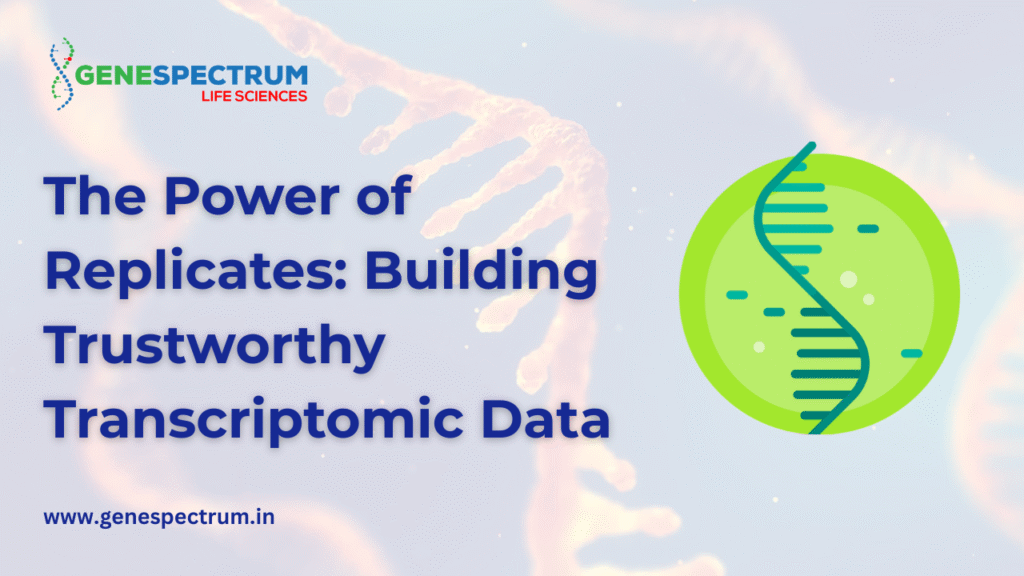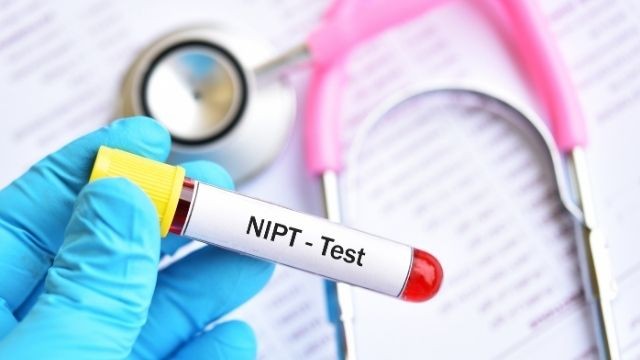
Ever wondered why your transcriptomic data sometimes feels like a puzzle missing key pieces? The answer might lie in an often-overlooked hero: REPLICATES.
Let’s dive into why replicates are non-negotiable in transcriptomics and how they can make or break your study.
What Are Replicates?
Replicates are repeated measurements in an experiment, designed to capture variability and boost confidence in your results. There are two types:
- Biological Replicates: Samples from different individuals or batches (e.g., mice from different litters, patients in a cohort). They account for natural biological diversity.
- Technical Replicates: Repeated measurements of the same sample (e.g., running the same RNA extract multiple times). They control for technical noise (pipetting errors, machine variability).
Think of it this way: Biological replicates are like surveying multiple cities to study a country’s climate, while technical replicates are like checking the weather in one city several times.
Why Replicates Matter?
- Statistical Power: Without replicates, you’re gambling. Transcriptomic data is noisy. Biological variability and technical hiccups can muddy your results. Replicates help separate true signals from background noise, ensuring your findings aren’t just random flukes.
- Capturing Biological Diversity: Even genetically identical mice can show different gene expressions due to age, environment, or diet. Biological replicates ensure your results reflect a population trend, not an outlier.
- Error Control: Technical replicates catch mishaps (e.g., a faulty sequencing run). If one replicate fails, others act as backups, saving time, money, and your sanity.
How Many Replicates Do You Need?
The golden question! While there’s no one-size-fits-all answer, here’s a rule of thumb:
- Biological Replicates: 3–5 for controlled experiments (e.g., cell lines, inbred mice). For highly variable samples (human tissues, field studies), aim for 6–10.
- Technical Replicates: 2–3 if your platform has high technical variability. Modern sequencing tech is robust, so prioritize biological replicates.
Landmark studies (e.g., Schurch et al., 2016) recommend at least 6 biological replicates to achieve 80% statistical power in differential expression analysis. But budgets matter!
The Cost of Cutting Corners
Skipping replicates risks:
- False Positives/Negatives: Mistaking noise for a breakthrough (or missing one).
- Unreproducible Results: Your study becomes a “nice story” that others can’t validate.
- Wasted Resources: A flawed design could mean rerunning experiments, costing more than replicates upfront.
Example: A 2020 study on Alzheimer’s biomarkers failed to validate findings in independent cohorts due to inadequate replicates. Don’t let this be you!
How GeneSpectrum Can Help
Designing a transcriptomic study? We’ve got your back.
- Experimental Design: Advise on optimal replicate numbers tailored to your model system and budget.
- Bioinformatics Analysis: Leverage advanced tools (DESeq2, edgeR) to extract maximum insights from your replicates.
- Troubleshooting: Diagnose batch effects, normalize data, and ensure reproducibility.
Key Takeaways
- Replicates are your insurance policy against unreliable data.
- Prioritize biological over technical replicates.
- When in doubt, consult a bioinformatician early!
Ready to design a bulletproof transcriptomic study? 💡
GeneSpectrum offers end-to-end support—from experimental design to publication-ready analysis. Let’s turn your data into durable discoveries.
📩 Contact us to start the conversation! – contact@genespectrum.in
Stay curious, stay replicated! 🧪🔬

